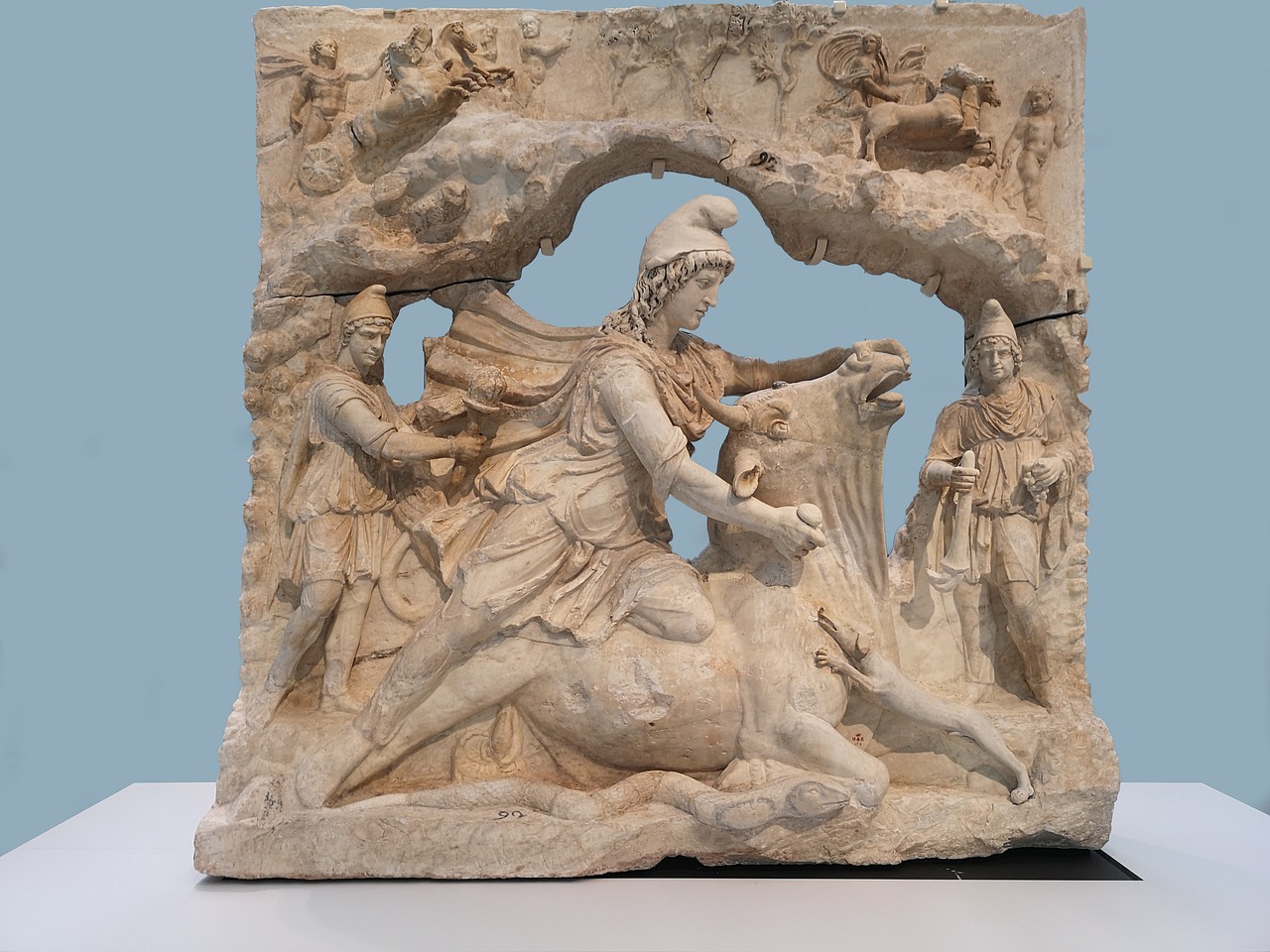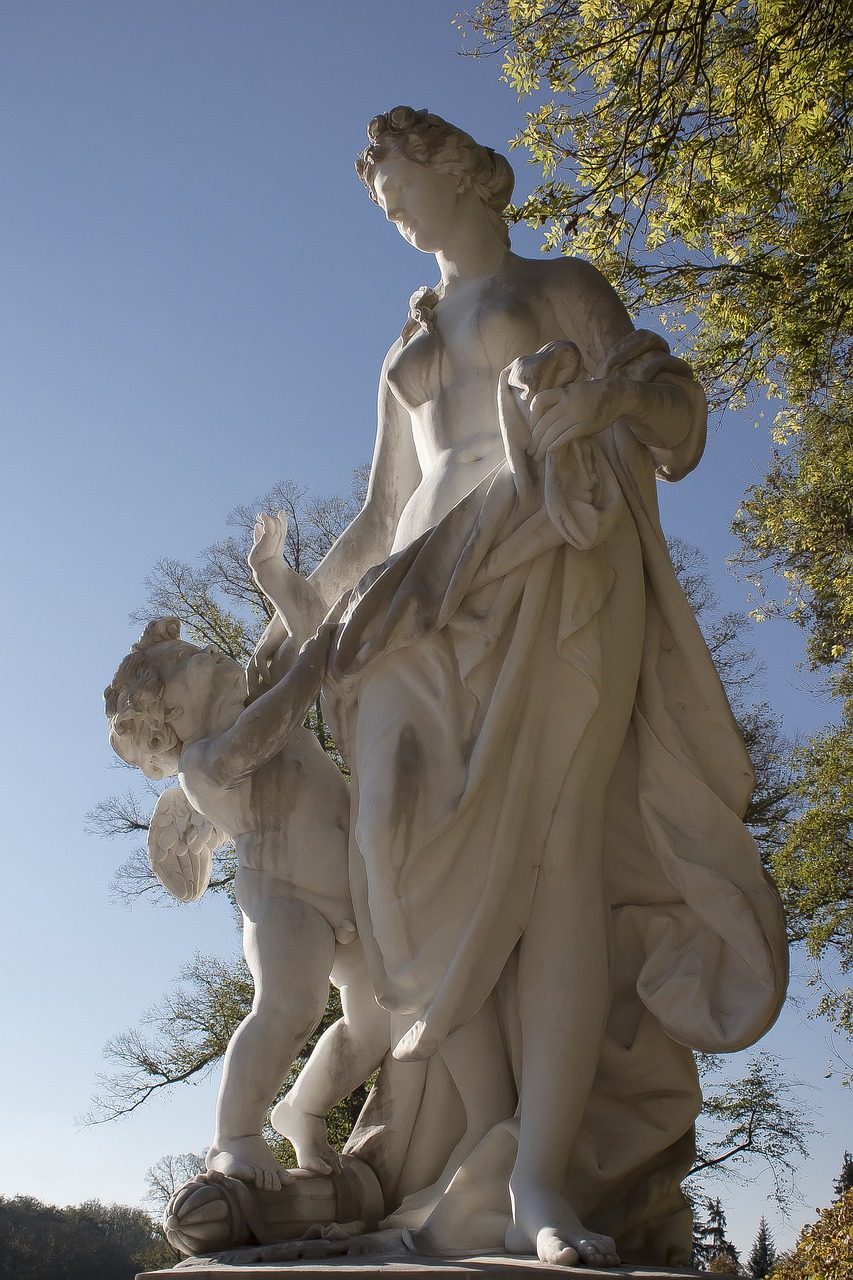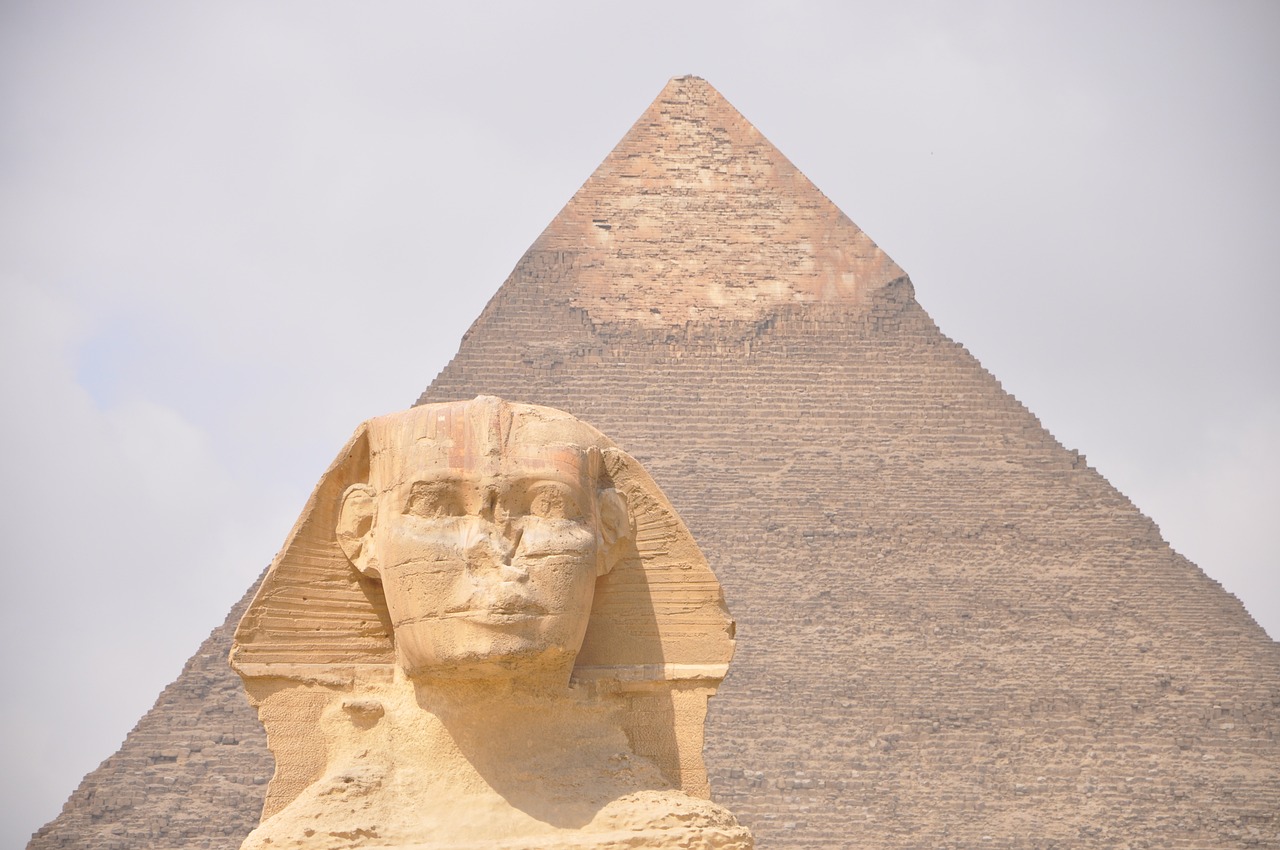Mythology
-

In the 1st century AD, a novel religious movement took root within the Roman Empire, dedicated to the veneration of Mithras. This religion, rooted in a Roman interpretation of the Indo-Iranian god Mithra, attracted followers who were thought to engage in esoteric rituals and possessed insight into the universe’s enigmatic wisdom. The emergence of Mithraism…
-

Hades, the Overlord of the Underworld Hades, known as Haides in Greek mythology, stands as the sovereign of the underworld and the deity of the dead. He was central to the funerary customs and guaranteed the deceased their right to burial. Besides ruling the shadows of the deceased, Hades represented the concealed riches of the…
-

Overview Arawn is recognized as the Welsh sovereign of Annwn, the Otherworld featured prominently in the Mabinogi tales. Renowned for his prowess in hunting and magic, particularly shapeshifting, his significance is largely associated with Pwyll, the Lord of Dyfed. Etymology The name Arawn is thought to stem from a Welsh variation of the Hebrew name…
-

The Legendary Cú Chulainn: Myths and Landscapes of the Great Irish Hero The captivating nature of oral traditions ensures that stories evolve over time, with various interpretations illuminating mythic figures. Among these significant heroes in Irish folklore is Cú Chulainn, a figure steeped in legend and renowned for his extraordinary feats. This article presents an…
-

Overview of Venus: The Roman Goddess of Love Venus, the Roman embodiment of love, maternal care, sexual reproduction, and desire, was revered as one of the most beautiful deities in the Roman pantheon. Renowned for her ability to attract both mortals and gods, she exhibited a fluid approach to sexuality, captivating both male and female…
-
Taranis stands out as one of the most fascinating and formidable deities in the Celtic pantheon. Revered as the god of thunder, lightning, and storms, he is frequently represented alongside a wheel, symbolizing the celestial authority of storms and possibly linking him to the cycle of seasons or the celestial wheel. Taranis: The Thunder God…
-

Selene: The Moon Goddess of Greek Mythology Selene, known in Greek mythology as the Titan goddess of the moon, is a captivating figure often depicted gracefully riding sidesaddle on a horse or controlling a chariot pulled by two winged horses. Her head often features a radiant crown that embodies her lunar essence or a crescent…
-

Dear friends, I am excited to share another installment with you today. As I previously mentioned, time has not been on my side, and I wasn’t able to cover the comprehensive history of Halloween as I had planned. However, I would like to introduce you to a captivating story borrowed from Ovid that elegantly intertwines…
-

As surprising as it may appear, the seemingly unattractive demon known as Bes held a special place as a beloved guardian of home and childbirth. Remarkably, he was also credited with curing impotence. The Unconventional Guardian Upon discovering the striking block carving of Bes in Dendera’s courtyard, it became clear why he is so memorable.…
-

Osiris is revered as one of the principal deities of ancient Egypt, embodying complex themes of fertility and the afterlife. Initially, he was a local deity linked to Busiris in Lower Egypt, possibly representing the fertility of the underworld. By around 2400 BCE, Osiris was firmly established in dual roles: as a deity of fertility…


